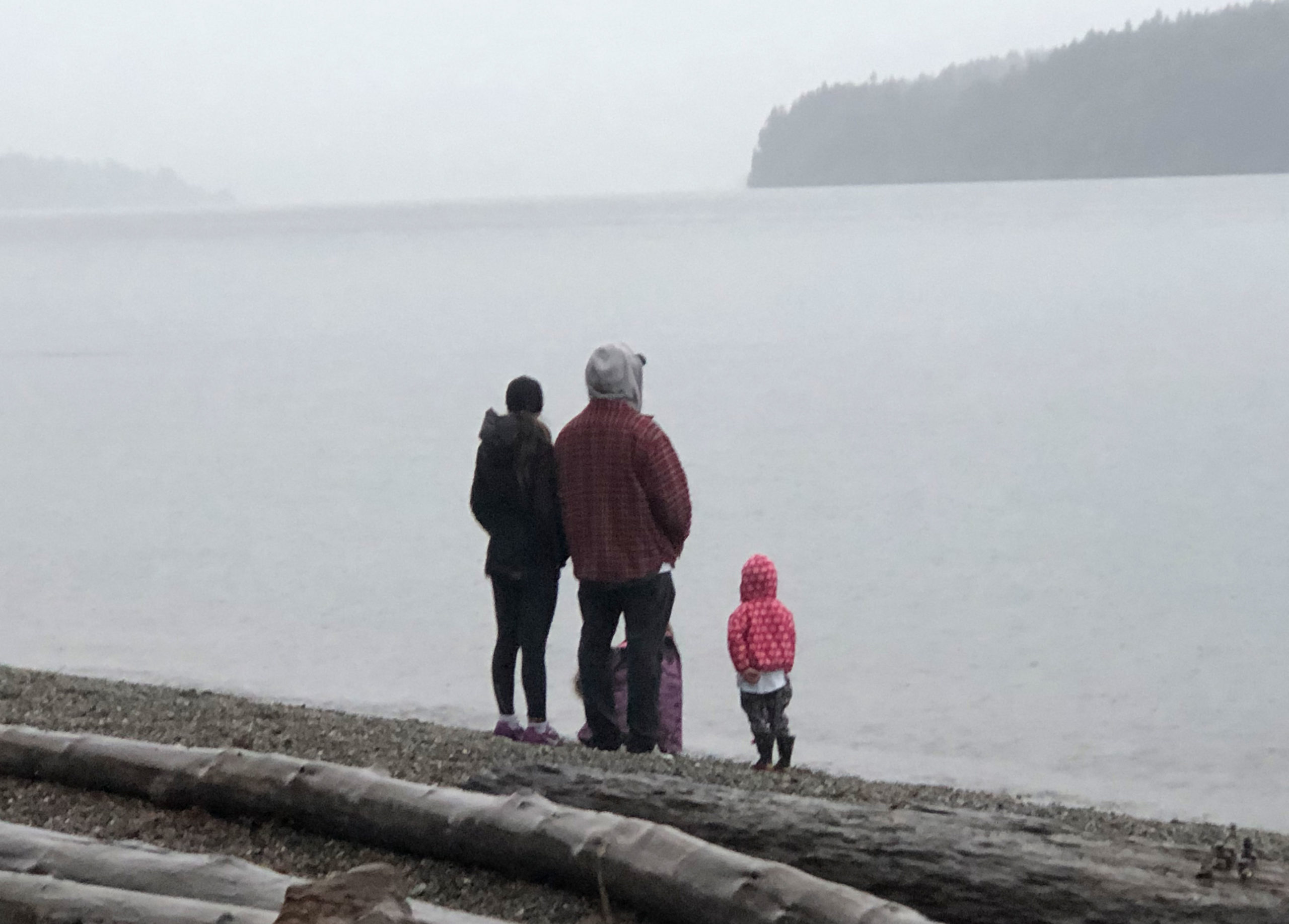By Morf Morford
Tacoma Daily Index
If you look at a map or an aerial photo of Tacoma, what jumps out is how much water we have around us.
Northeast Tacoma is a relatively narrow strip of land along Commencement Bay. The Port of Tacoma is what could be called the “working” part of Tacoma’s waterfront. Ruston Way is probably Tacoma’ most “public” and most accessible park. It is certainly our only park that many people “visit” without getting out of their cars.
Owen Beach is on almost every local resident’s short list of favorite places.


And of course, unlike most cities, Tacoma even has the “other waterfront” at the end of 6th Avenue.
There are many more waterfront and water view favorites that we could all name, but my point is that whether we want to go out to eat, go paddle-boarding, kayaking or just walk – or play – alongside a beach with friends, family, dog or on our own, virtually any of us can do it easily and almost immediately.
Most of us in Tacoma take our waterfront for granted. We could, and many of us do, see it every day – even if we did not live in one of the many neighborhoods with stunning water views.
Many cities have water views, but have you noticed that Tacoma – and much of Pierce County – features water views of all kinds – from lakes and rivers to saltwater – from every direction?
How many cities can offer water views framing sunrises as well as sunsets?
The residents of these waters, from orcas to salmon, loom large in our mythology, art – and at least in the case of salmon – in our diets.
When I am far from home, especially in the Mid-west, it is the water I miss most. There is something I can’t define or explain about our living waters – especially Puget Sound.
And I like the scale of the open waters here. I’d guess that there is probably no point on Puget Sound (or the Salish Sea, to use a more historically fitting and comprehensive name) where land is not visible in the not-too-distant background.
The American Mid-west has the Great Lakes – and even the smallest of them is larger than most, if not all, stretches of Puget Sound.
The Great Lakes are vast – and potentially – if not actually – life threatening. The “lake effect” is almost always a multiplier of extreme weather.
Puget Sound is, most of the time, a moderator of harsh weather – it warms the frigid air and cools the hot currents.
I don’t live with a water view, but my neighborhood has water in almost every direction. A drive of just a mile or so takes us several degrees colder in the winter and several degrees hotter in the summer.
We get far less snow than neighborhoods less than a mile south of us.
Most yards in our neighborhood stay (mostly) green through even the hottest summers.
Several years ago I was on my way home from work. On the traffic report, besides the sluggish traffic on the free way, the announcer said that there was a major traffic jam on Ruston Way – but go there anyway – the orcas are active.
And it is all because of the water.








